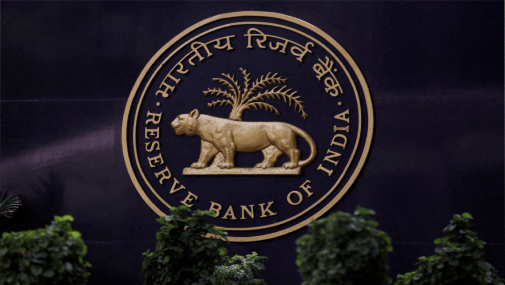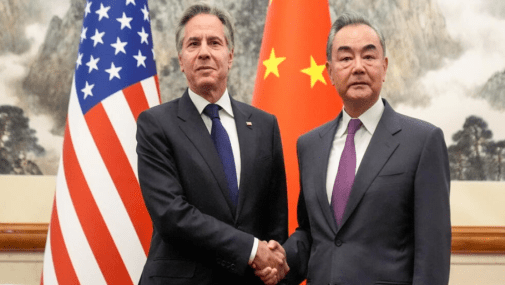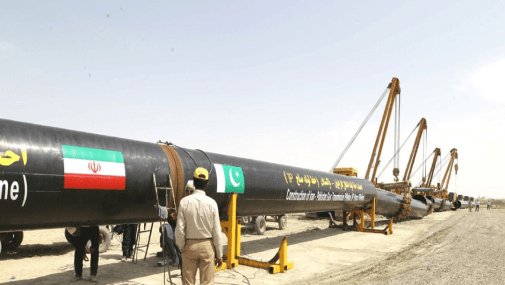A Lid on the Barrel?
June 2, 2017 | Expert Insights

In an attempt to contain the oil glut, the oil producing regions of the world like OPEC’s Saudi Arabia and Russia are keeping a lid on the oil prices. A Coordinated Production Cut seems to be the best solution, relying on the economics of demand and supply. Both OPEC and non-OPEC members have voluntarily decreased the production output to deal with global challenges in the oil market.
Background
An overdose of oil production since 2014 has led the oil industry into losses. The increase in output resulted from an increase in the oil production from countries like the US and a decrease in demand from big oil importing countries like China. The next move, pulled out by OPEC’s most important member, Saudi Arabia to flood markets with cheap crude oil prices resulted in a fall in the actual oil prices.
Saudi Arabia faced much instability in its own domestic realm, having to cut back on social and public services as a result of decreased revenue. In 2015, OPEC decided to decrease the oil production but in order to foresee a change in market dynamics and pricing, it was said that the non- OPEC members would also have to cut back on production.
Shale – America’s Sweet Spot
The US oil production increases while OPEC and oil exporting regions hold back in attempts to balance the market. The production of natural gas from shale formations has definitely given the United States a new global footing as well as self-reliance. Companies in America are getting more efficient putting in more oil rigs than ever before; thereby maintain their sale of output. This can however bend over efforts made by OPEC to invigorate the oil market.
For a Country like the United States, who has developed ways to reach self-reliance on energy production, the new partnership might be countered off temporarily as companies drill into the landmass each year.
Two Competitors Meet
The two top oil producers, Saudi Arabia and Russia have decided to meet in an attempt to control the output. Many consumers have often relied on the rivalry between these two countries for a better pricing on oil.
If the two oil exporting regions movie towards a strategic energy partnership then the importers of oil would have less options between competitive oil pricing, thereby limiting choices for Countries who bank on the oil imports like Europe, US, China and India.
Let’s Talk Reserves
In 2016 of last year, India’s oil imports were the highest in 6 years. Saudi Arabia remained the top supplier of oil to India followed by Iraq. The Middle East have over 65% of the oil reserves while America - North, Central and South combined has 15% of oil reserves. There is a ‘reserve-to-production’ ratio that we must consider, because countries like the United States are depleting its reserves much faster than the Middle East, it will cease to be relevant in future which means major oil importers like Europe, India and China must look out for long run prospects in the Middle East.








Comments